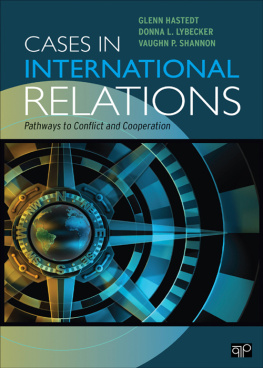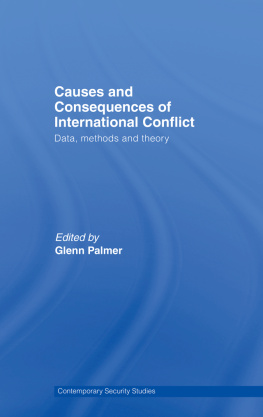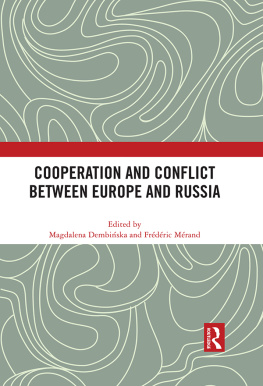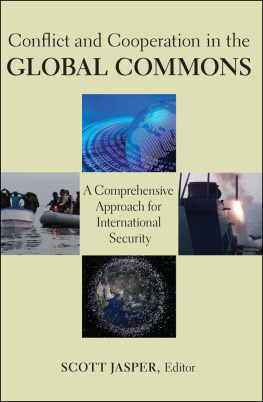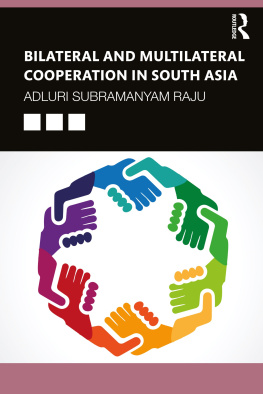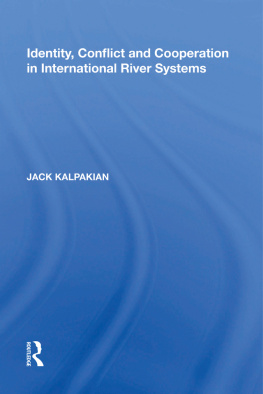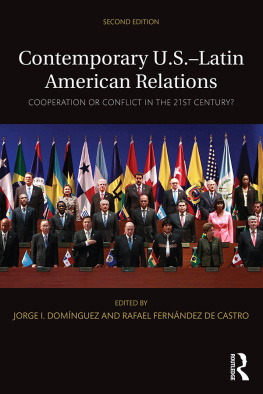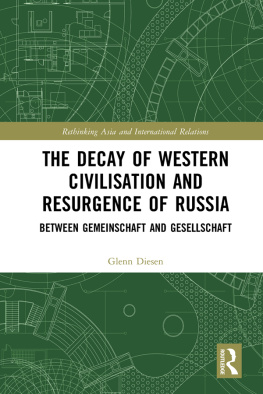
CQ Press, an imprint of SAGE, is the leading publisher of books, periodicals, and electronic products on American government and international affairs. CQ Press consistently ranks among the top commercial publishers in terms of quality, as evidenced by the numerous awards its products have won over the years. CQ Press owes its existence to Nelson Poynter, former publisher of the St. Petersburg Times, and his wife Henrietta, with whom he founded Congressional Quarterly in 1945. Poynter established CQ with the mission of promoting democracy through education and in 1975 founded the Modern Media Institute, renamed The Poynter Institute for Media Studies after his death. The Poynter Institute (www.poynter.org) is a nonprofit organization dedicated to training journalists and media leaders.
In 2008, CQ Press was acquired by SAGE, a leading international publisher of journals, books, and electronic media for academic, educational, and professional markets. Since 1965, SAGE has helped inform and educate a global community of scholars, practitioners, researchers, and students spanning a wide range of subject areas, including business, humanities, social sciences, and science, technology, and medicine. A privately owned corporation, SAGE has offices in Los Angeles, London, New Delhi, and Singapore, in addition to the Washington DC office of CQ Press.

Copyright 2015 by CQ Press, an Imprint of SAGE Publications, Inc. CQ Press is a registered trademark of Congressional Quarterly Inc.
All rights reserved. No part of this book may be reproduced or utilized in any form or by any means, electronic or mechanical, including photocopying, recording, or by any information storage and retrieval system, without permission in writing from the publisher.
Printed in the United States of America
A catalog record of this book is available from the Library of Congress.
ISBN 978-1-6087-1247-2
This book is printed on acid-free paper.
14 15 16 17 18 10 9 8 7 6 5 4 3 2 1
FOR INFORMATION:
CQ Press
An Imprint of SAGE Publications, Inc.
2455 Teller Road
Thousand Oaks, California 91320
E-mail:
SAGE Publications Ltd.
1 Olivers Yard
55 City Road
London EC1Y 1SP
United Kingdom
SAGE Publications India Pvt. Ltd.
B 1/I 1 Mohan Cooperative Industrial Area
Mathura Road, New Delhi 110 044
India
SAGE Publications Asia-Pacific Pte. Ltd.
3 Church Street
#10-04 Samsung Hub
Singapore 049483
Acquisitions Editor: Elise Frasier
Development Editor: Nancy Matuszak
Production Editor: Libby Larson
Copy Editor: Shannon Kelly
Typesetter: C&M Digitals (P) Ltd.
Proofreader: Sue Irwin
Indexer: Terri Corry
Cover Designer: Candice Harman
Marketing Manager: Erica DeLuca
To Cathy, Sarah and Guy, and Kelly and Matthew. Glenn
To my daughters, Sophia and Catherine Shannon, whom I hope always will be surrounded by books. Vaughn
To my students, whose creativity and passion inspire and amaze me. Donna
Brief Contents
Detailed Contents
Preface
R egardless of the name they go by, introductory international politics courses are challenging to teach. Current events outpace the ability of texts to keep up with them, and the course attracts students with a variety of interests. Some are there merely to fulfill a university or departmental graduation requirement. Others have lived abroad or bring with them a curiosity about foreign cultures. Still others have little exposure to international politics but are fascinated with newspaper and media accounts of events overseas.
Adding to this pedagogical challenge is the increasing number of perspectives that exist within the discipline from which to view and evaluate events and the fact that, as the Cold War recedes further and further from view, international politics courses have lost much of their substantive coherence. The high-low politics distinction, as well as that between foreign and domestic policy, no longer serve as effective gatekeepers to what is covered and what is not. Instructors have come to employ a wide range of teaching strategies to address the needs of their varied student audience and accomplish their pedagogical goals. While we can point to a set of best practices to help frame our efforts in the classroom, no single teaching strategy exists today, nor is one likely to emerge.
In Cases in International Relations: Pathways to Conflict and Cooperation, we have sought to recognize this complex setting and the diversity of approaches that exist. We believe that our case studies have widespread utility in international politics courses because they provide instructors with assistance in accomplishing what we believe is an underlying goal shared by virtually all: helping students to become critical and independent thinkers who can analyze headlines yet to come.
Consistent with this fundamental objective, our goal is to help students understand that headline events in international politics do not emerge out of the blue. They have a history and, just as important, they have a future. Our point of departure in organizing our case studies is that conflict and cooperation are not single, stand-alone events, but are part of a stream of activity that creates a pathway from inception to some form of resolution, however temporary, and then continues on to set in motion a new set of foreign policy issues to be addressed.
Case studies are a valuable tool because they permit students to obtain a deeper sense of the dynamics of a problem than is possible in lectures. Through the case studies in this book, students will come to understand that conflict and cooperation are not polar opposites but aspects of foreign policy-making that are universally present. Most importantly, when organized in a consistent fashion, multiple cases studies allow students to discover points of similarity and differences in how conflict and cooperation can evolve and interact. The critical-thinking skills and insights the students develop in doing so can then be applied to helping them understand future problems in world politics.
Organization of Case Studies
The books first chapter sets the stage for the presentation of the case studies by introducing students to the types of activity that occur. The discussions are not meant to be exhaustive conceptual overviews but are intended to (1) provide students with a firm platform from which to view the unfolding cases and (2) provide instructors with a foundation onto which they can add supplemental conceptual material from lectures or other readings if they so wish. includes a brief study of U.S. involvement in Vietnam from the end of World War II to the present, which helps students understand how to read the case studies and why they are important. Students also get a sense of the type of critical-thinking questions they will encounter in the case studies that follow.
The case studies are organized under three main parts that address enduring and emerging issues in international politics. , for example, contains significant economic elements. Our goal in doing this was to help students see the full complexity of international politics issues and to avoid attaching labels of convenience to problems.




